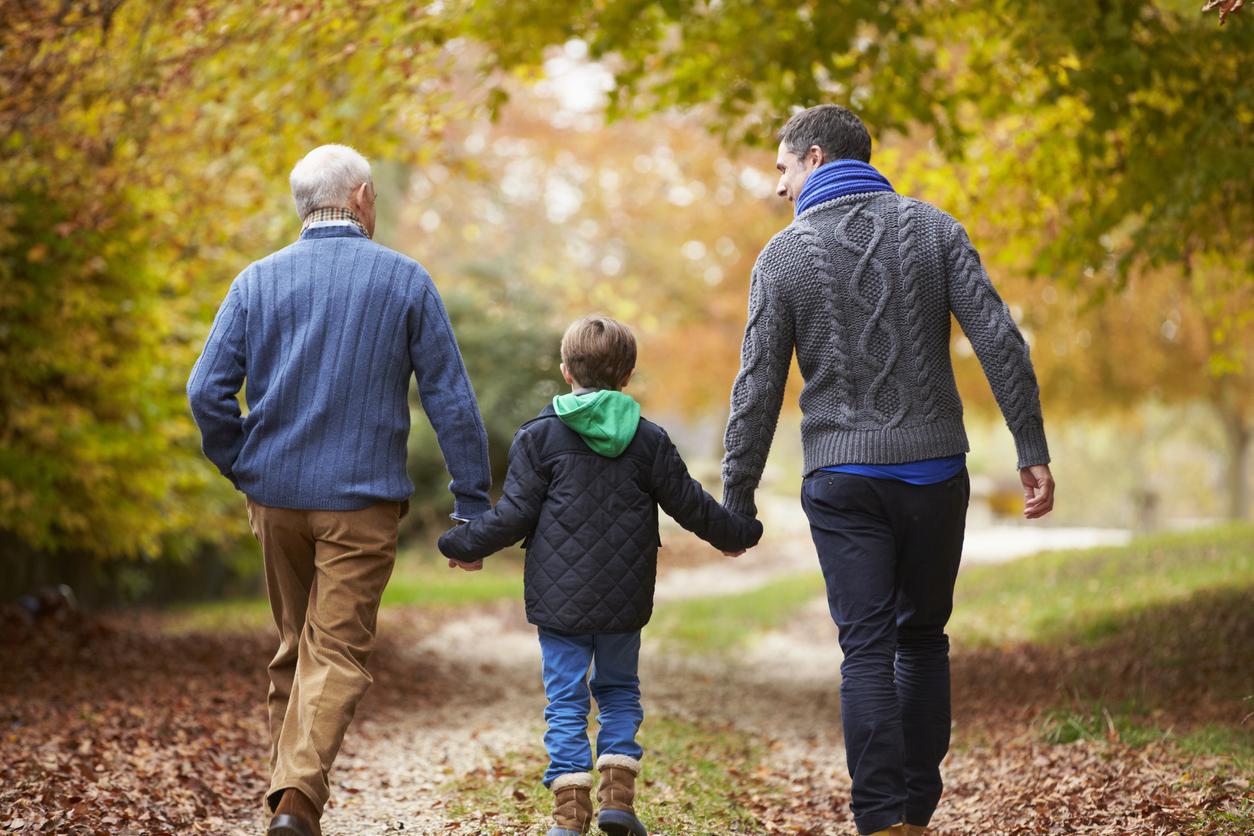
Restlessness, earache and tingling fingers
“A storm is coming, I can feel it in my joints!” Yes, you can. The weather has a bigger impact on our health than many think.
1. Thunderstorm coming: unrest
Animals are often the first to notice that a thunderstorm is on the way. Cows and horses lie together, cats stop hunting, birds look for their nests and dogs become restless. Some people also become restless, irritated and unconcentrated when an approaching thunderstorm approaches. This may be due to the fact that the air pressure drops quickly and the humidity rises. Changes in the electrical charge in the air probably also play a role.
2. Sudden cold: white tingling fingers
About 10 to 15 percent of women (and 1 percent of men) suffer from a sudden cold: the blood drains from the fingertips. The fingers become cold, numb, tingle, or feel sore. Due to the so-called Raynaud’s Phenomenon, the small arteries temporarily cramp, so that the blood does not flow as easily to the ends of the body. This can usually be seen on the fingers, sometimes also on the toes or nose. Such an attack can also be caused by emotions, vibrations or a lot of typing. After a few minutes it is often over and the fingers turn red or purple. The solution: provide gradual transitions in temperature. So put on gloves.
3. Showers coming: popping ears and pain
When showers are coming or thunder is in the air, the air pressure drops. This can create a pressure difference with the cavities in our body – and some people feel it in their ears. Just like in an airplane taking off, your body adapts. The eardrum in the ears expands to give back pressure, and after a few swallows or yawns, the air pressure difference is eliminated. The same happens with sudden changes in air pressure due to changing weather.
Cavities around joints or scar tissue also contain air in which the pressure can differ. Research by Erasmus MC among patients with osteoarthritis shows that changes in air pressure worsen pain. But according to biochemist and altitude researcher Bas de Laat of Maastricht UMC+, the changes in air pressure are too minimal for that; the expansion of the tissue would not show on a scan.
4. Extreme Weather: Migraines
Suffering from migraines? Keep a weather diary to find out if certain weather triggers a migraine attack. The American New England Institute for Neurology & Headache followed 77 migraineurs for two years. Half of them turned out to be affected by extreme weather. Temperature and humidity in particular are triggers for a migraine attack. Very cold or very warm weather, and very dry or very humid weather, are most often identified as culprits.
Dry wind doesn’t help either. Canadian migraineurs suffer from the chinook (a dry warm wind comparable to the hair dryer in the Alps). And whoever visits the Alps should take into account the adverse effect of the hair dryer wind on headaches. If the weather effect is very clear, you can consider preventive treatment with medication in consultation with your doctor.
5. Cool air: sleep well
As the body prepares to go to sleep, the body temperature drops slightly. A cool environment helps to get into ‘sleep mode’. In the fall and winter, a good night’s sleep is a lot easier to achieve than when the weather is warm and clammy in summer. In this way, the dark days still offer a pleasant point of light.
6. Sunny weather: pain relief and happiness
An autumn walk in the sun can make you happy for many reasons. This can even be found very concretely in the body. For example, the sun appears to ensure that the happiness hormone endorphins are released. And the hormone cortisol, which has an anti-inflammatory effect and suppresses the immune system, is also well underway. Pleasant for people who suffer from an overactive immune system, such as in the case of rheumatism, eczema and Crohn’s disease.
Anyone who has muscle or joint complaints knows that the sun can have an analgesic effect. The heat from the sun causes the blood vessels to widen a little. As a result, the muscles and joints are better supplied with blood and that helps against the pain.













